Tridonic Luminaires




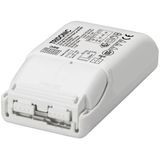
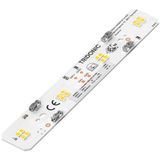
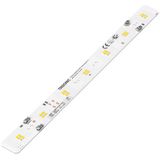

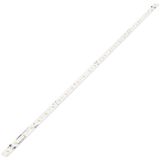
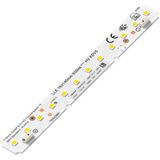

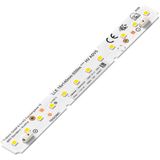


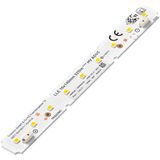
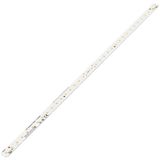



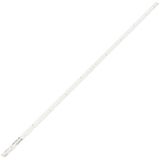

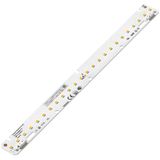
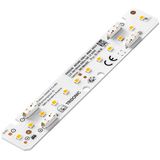

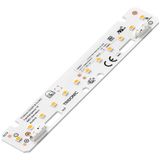

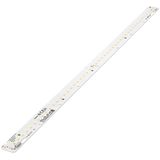
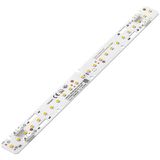
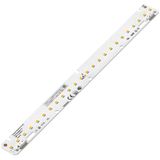
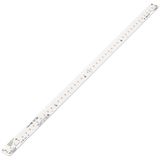
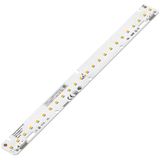
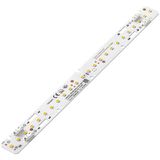
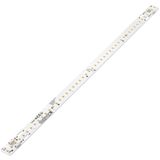

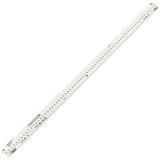
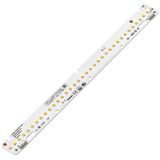


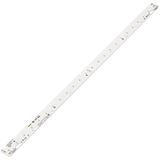


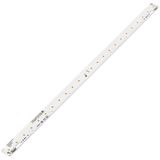
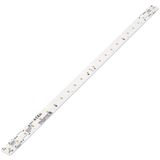


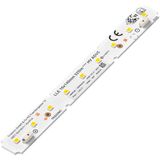
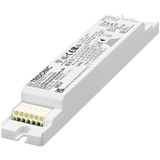
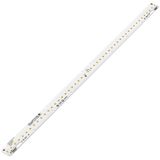

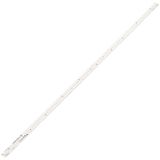
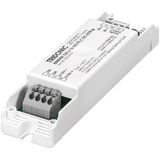
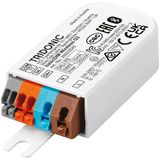
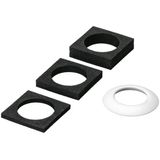
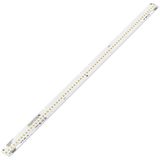
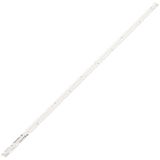
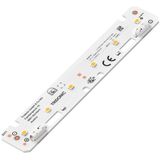
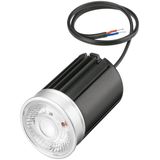

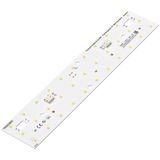
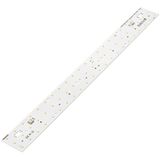
tridonic luminaires brand context and application scope
Engineers use this portfolio where lighting needs to be consistent from submittal to handover. Office floors, retail galleries, logistics aisles, and plant rooms benefit from predictable photometry and serviceable gear trays. Typical mains is 220–240 V AC, PF ≥ 0.95, THD ≤ 10–15 %. Efficacy runs 120–170 lm/W depending on optic and CCT. CRI 80 or 90 options cover most briefs; SDCM ≤ 3 keeps color shifts out of sight. Lifetimes L80 50–100k h at ta 25–35 °C are common with 2–4 kV surge on the driver input. When specifying tridonic luminaires, crews standardize connectors, loop-in/loop-out, and label sets so floor-by-floor rollout stays clean.
tridonic led luminaires product range and modules
Linear ceiling systems, micro-prismatic panels, downlights from Ø68 to Ø200, and IP65 sealed fixtures for wet rooms share the same driver families and emergency interfaces. UGR < 19 variants are sized for EN 12464-1 office tasks; wide and double-asymmetric optics cover racking. Tool-less gear trays and keyed quick-connects simplify swaps. For tunable white, DT8 drivers pair with matched LED boards to stabilize CCT and output. When you specify tridonic led luminaires in mixed fit-outs, keeping module lengths and lumen packages aligned avoids stocking too many spares.
tridonic indoor lighting technical specifications and standards
Conformity aligns to EN 60598-1/-2-xx (luminaires), IEC/EN 61347 (control gear), IEC 62384 (driver performance) and photometric validation per LM-79. LED reliability is evidenced through LM-80/TM-21 projections; flicker metrics PstLM ≤ 1.0 and SVM ≤ 0.4 are available for sensitive spaces. CCT 2700–6500 K, CRI 90 with R9 > 50 for healthcare and retail, and optional Zhaga book-based interfaces for future service. Emergency 1–3 h with LiFePO₄ packs; test modes auto/manual with BMS points via DALI-2. Using tridonic indoor lighting on one driver platform keeps inrush and breaker tables consistent across panels.
tridonic architectural lighting applications and visual performance
Museums, atria, and client areas call for controlled glare, tight binning, and stable dimming at low levels. Elliptical and wall-wash optics shape vertical illuminance; micro-reflectors hold cut-off without losing lm/W. IP40–54 housings with clean seams suit visible ceilings; remote drivers hide in service voids to keep fixtures minimal. For façade-adjacent spaces, salt-mist-resistant hardware is available. Teams that deploy tridonic architectural lighting usually lock in CCT/CRI per zone and tag scenes so commissioning reproduces the design intent.
tridonic energy efficient luminaires controls and system integration
DALI-2 with group/scene logic is standard, with presence/daylight linking for EN 12464-1 target levels and kWh reduction. DT8 tunable white supports circadian profiles; corridor hold-on/hold-off saves energy in transitory zones. Where wireless is required, gateways map to BMS while keeping address space manageable. Power monitoring on selected drivers provides circuit-level load evidence. When rolling out tridonic energy efficient luminaires, publish the control tree, sensor densities, and fallback states so maintenance knows what “normal” looks like.
tridonic professional lighting systems selection for B2B projects
Start with task plane targets (lx and UGR), then pick optics and lumen packages by ceiling height and spacing. Confirm IP/IK: IP20 for offices, IP54 washdown, IK08–10 for busy back-of-house. Set CCT/CRI per area, define dimming (on/off, DALI-2, DT8), and reserve emergency coverage early. Check driver inrush and MCB types; loop diagrams should show max fittings per circuit at 230 V. For clean EMC, clamp shields 360° at gland plates and segregate SELV. When choosing tridonic professional lighting systems, align module families and accessories across floors to stabilise spare holding.
tridonic industrial led lights procurement and service with Bankoflamps
Warehouses, cold stores, and workshops need IP65, −20…+45 °C operation, and long-span mounting with minimal glare. Linear trunking and high-bay disks with 60/90/120° distributions meet these briefs; optional PMMA covers resist chemicals. 2–4 kV surge, brown-out ride-through, and high-ambient output tables keep planning honest. For projects built around tridonic industrial led lights, Bankoflamps matches procurement to your commissioning windows: project-specific pricing, near-hour quote turnaround by EAN/MPN, and live EU stock before crews book lifts. The portal shows lead times, order status, and downloadable price lists with validity dates you can plan against. Trusted clients can use post-payment up to 30 days. We consolidate shipments so luminaires, drivers, sensors, emergency kits, and mounting rails arrive room-bundled; your account manager cross-checks output classes, optics, IP/IK, breaker curves, and label schemes against drawings—keeping deliveries site-ready across France, the Baltics, Germany, Spain, Italy, Belgium, and the Netherlands.